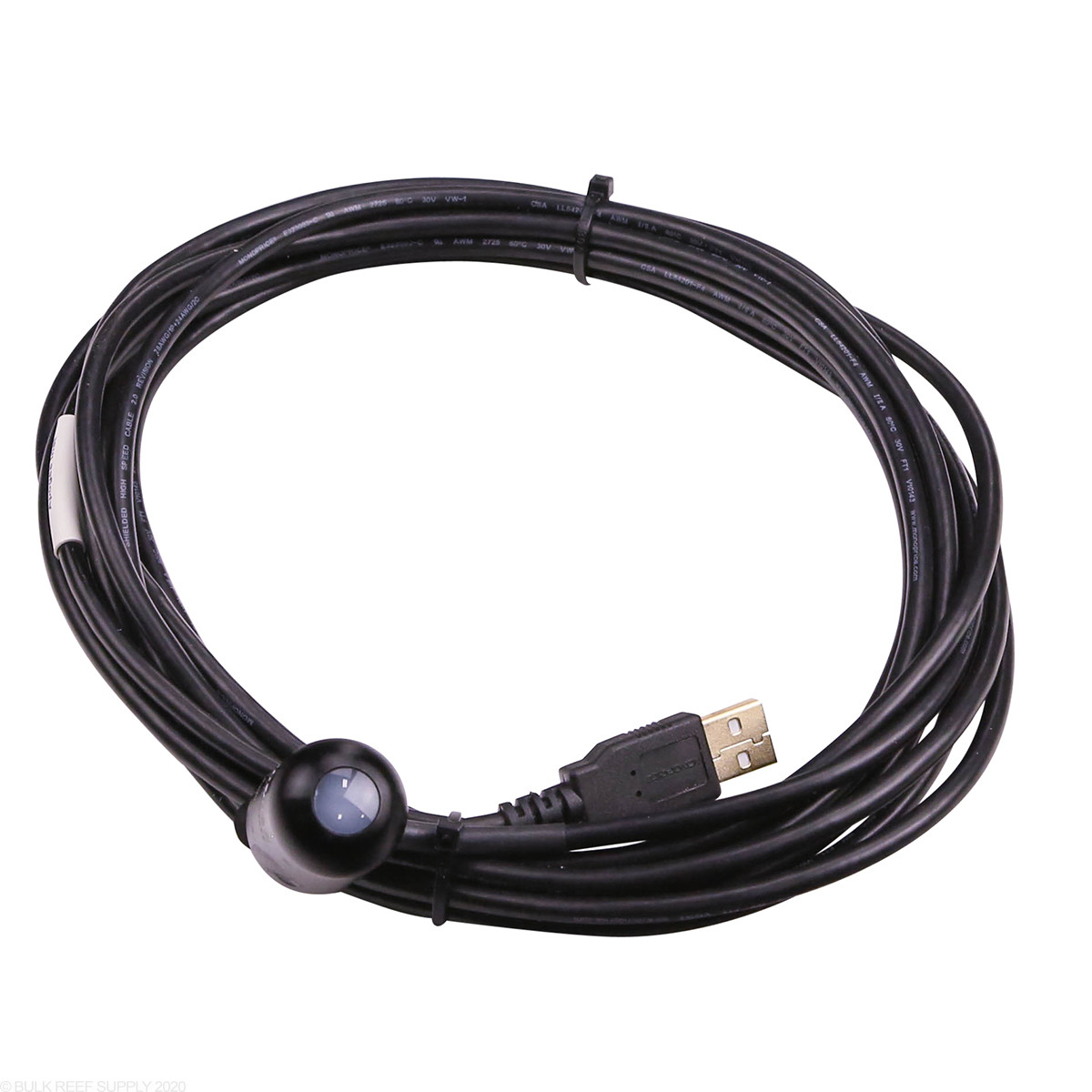

“They’re both really good implementations, and they will both produce a quantum computer.” He and his team at the University of Sussex have opted to pursue trapped ions, a decision that was very carefully considered. “Both superconducting qubits and trapped ions are very much an elite,” said Hensinger. The other is “trapped ions,” a method that is less confined by environmental factors like temperature, but faces other challenges, such as controlling numerous individual charged atoms inside a vacuum. Two beryllium ions trapped 40 micrometers apart from the square gold chip in the center form the heart of this ‘trapped ion’ quantum computer. One is called “superconducting qubits.” It uses an implementation that relies on supercooled electric circuits, and could offer manufacturing advantages when chips are being made in greater quantities. However, two possibilities stand head and shoulders above the rest. The difficulties are multifaceted, and researchers have yet to agree on what the foundation of quantum computing should look like. Though there’s a clear theoretical understanding of how a quantum computer should work, that doesn’t make constructing one an easy process. Now, it’s an engineering problem,” said Hensinger, when asked about the changing face of quantum computing. There are two strong but different contenders, and it’s not clear which idea will become reality first. We’re now seeing a race toward the first large-scale universal quantum computer. The true potential of a quantum system will only be realized once hundreds, or thousands, of qubits can coexist together. These computers are great for testing out things like hardware configurations and even running algorithms, but as Time pointed out, they’re ungodly expensive and only the most basic version of what researchers envision. Right now, we’re at a stage where researchers are able to construct a system that has access to a handful of qubits. IBM’s five qubit processor uses a lattice architecture that scale to create larger, more powerful quantum computers. Put simply, it means a quantum object can occupy more than one state until it’s measured, as referred to in the famous thought experiment of Schrödinger’s cat. Quantum superposition is an example of the “quantum weirdness” that scientists have grappled with for decades. That makes things a little more complicated. A qubit can occupy a value of 1, 0, or any quantum superposition of the two states. Everything a computer processes, no matter how complex, can be reduced to a string of bits.īut a quantum computer works with information that’s stored in quantum bits, or qubits. The eight bits in a byte, each a 0 or a 1, can together refer to any alphanumeric symbol. A standard character from the Latin alphabet is made up of eight bits, otherwise known as a byte. Think about this: The device you’re using to read this article works with information stored as binary digits, or bits, each of which can occupy a discrete value of 1 or 0. We’ll see applications that were never even considered before, from science lab fare that’s only comprehensible to experts, to weird and wonderful ways of using the tech that should capture anyone’s imagination.Īnd it’s all thanks to a very famous cat. And nobody knows how it actually works.”Īs the quantum computer makes the jump from theory to reality, the field surrounding it is poised to explode.

Each one costs $10,000,000 and operates at 459 degrees below zero. It’s backed by Amazon founder and CEO Jeff Bezos, NASA, and the CIA. Time Magazine described quantum computing beautifully in a 2014 cover story called “The Infinity Machine”: “It promises to solve some of humanity’s most complex problems. But what IS it, exactly? Ah, there’s the story. And quantum computing could be a similar revolution.” When that revolution comes, it will be the result of several decades of work from committed scientists, mathematicians, and engineers. “Life really changed when computers became available. “Before there were computers, I had to learn typing on a typewriter,” Hensinger said with a laugh. Today, the most promising projects are within reach of producing a universal quantum computer - something that was as sci-fi as Star Trek just a few years ago. “ has a huge appeal for young people,” Hensinger told Digital Trends, “because it’s basically science fiction.” When he started in the field, it was largely confined to theoretical study. Today, his day-to-day work on abstract notions of quantum mechanics would make even Spock’s ears perk up.


 0 kommentar(er)
0 kommentar(er)
